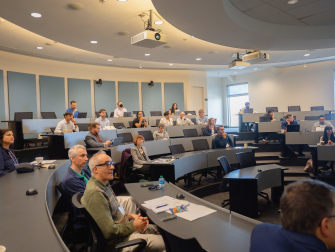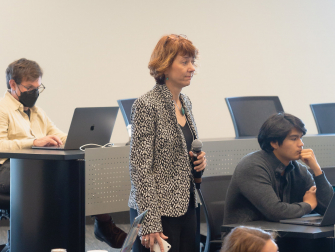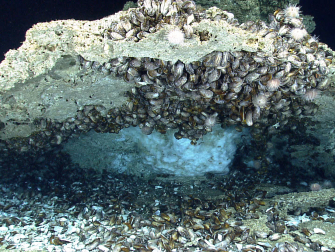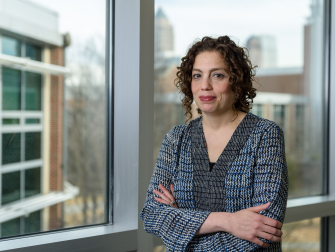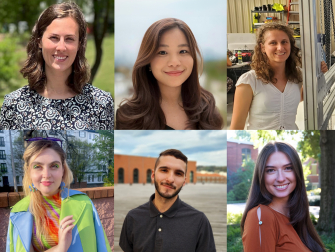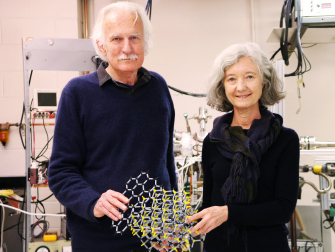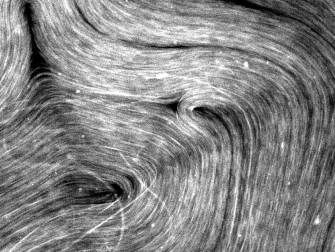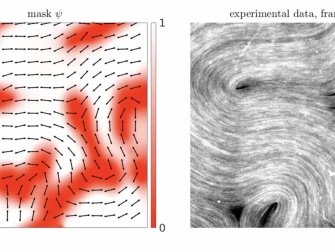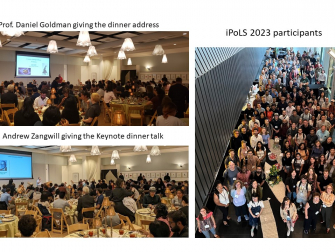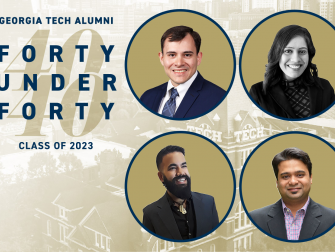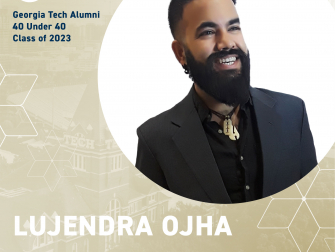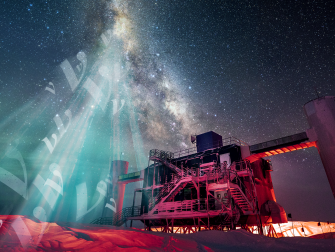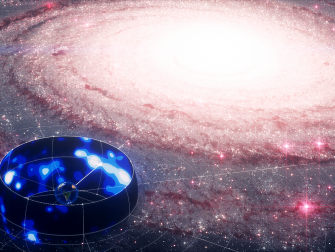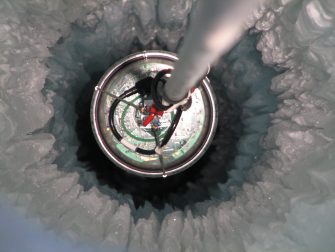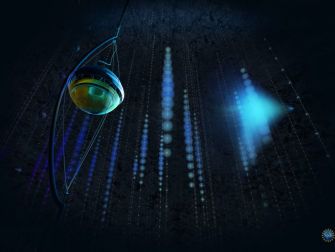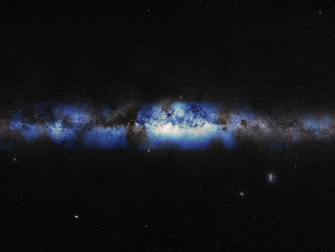Physicists from Georgia Tech and around the country shared their AI and ML research successes, and heard presentations from NSF and NASA officials on the funding landscape for proposals that include the technologies.
Jim Sowell talks about Georgia Tech's observatory, what can be learned from an eclipse, and why you should watch for it wherever you are.
With goals to boost science, engineering, and computing Ph.D. researchers from underserved populations, UCEM grows in 2023 to include students from Schools of Biological Sciences, Earth and Atmospheric Sciences, Mathematics, and Physics.
Many insects fly synchronously, matching the nervous system pulses to wing movement. But smaller insects don’t have the mechanics for this and must flap their wings harder, which works only up to a certain point. That’s where asynchronous flight comes in.
In a groundbreaking study, a team of Georgia Tech researchers has unveiled a remarkable discovery: the identification of novel bacterial proteins that play a vital role in the formation and stability of methane clathrates, which trap methane gas beneath the seafloor. These newfound proteins not only suppress methane clathrate growth as effectively as toxic chemicals used in drilling but also prove to be eco-friendly and scalable. This innovative breakthrough not only promises to enhance environmental safety in natural gas transportation but also sheds light on the potential for similar biomolecules to support life beyond Earth.
The College of Sciences graduate students were chosen as 2023-24 Herbert P. Haley Fellowships for their research and academic achievements.
Physicist Claire Berger has been awarded the Chevalier dans L'ordre des Palmes Académiques for her groundbreaking graphene research — and her work on strengthening ties between U.S. and French scientists.
Physicists have developed a new model and clearer picture of molecular movements within active matter — bringing science a step closer to designing specific functions into new materials, and understanding emergent behaviors.
Physics of Living Systems 2023 International Physics of Living Systems (iPoLS) Network Annual Meeting.
Research Corporation for Science Advancement has chosen four researchers for its Cottrell Plus SEED (Singular Exceptional Endeavors of Discovery) Awards for 2023, including Tamara Bogdanović for her research, "Risk and Rewards: Pushing Boundaries with RMHD Simulations of Multimessenger Massive Black Hole Binaries".
Four College of Sciences alumni from three schools were recently selected as members of the Alumni Association’s 2023 class of 40 under 40. From making groundbreaking discoveries on Mars to revolutionizing healthcare, meet the Sciences alums working to change the world.
High-energy neutrinos — with energies millions to billions of times higher than those produced by the fusion reactions that power stars — have been detected by the IceCube Neutrino Observatory, a gigaton detector operating at the Amundsen-Scott South Pole Station. It was built and is operated with National Science Foundation (NSF) funding and additional support from the fourteen countries that host institutional members of the IceCube Collaboration.
- ‹ previous
- 9 of 24
- next ›

